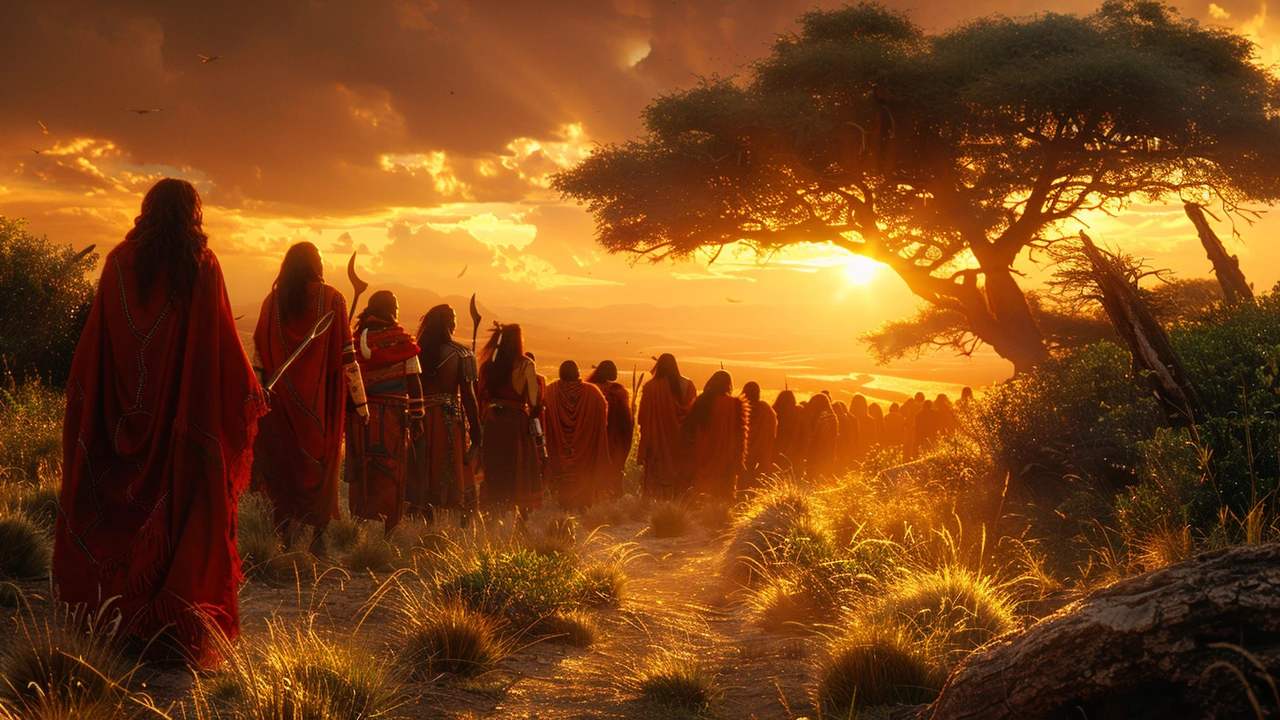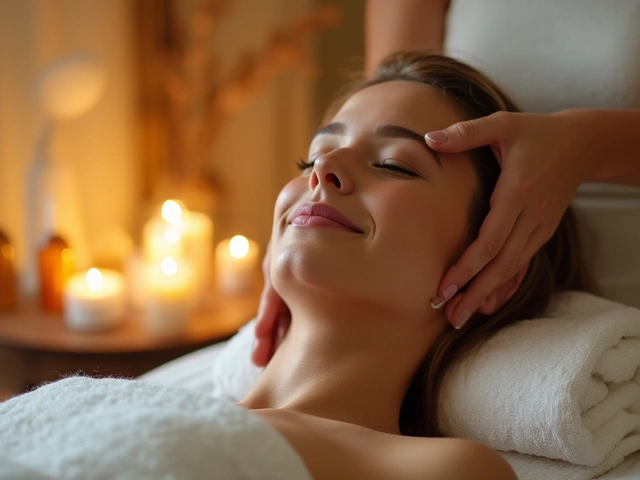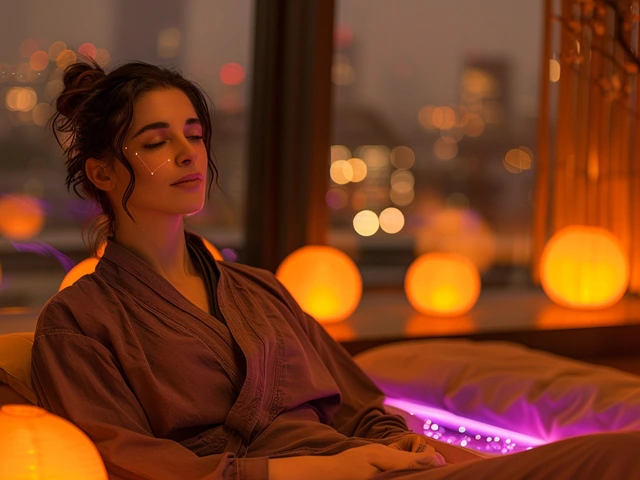African Tribes: Traditional Massage and Healing Touch
Some of the most powerful bodywork ideas used in spas today come from Africa’s village clinics and ritual spaces. This tag collects practical info on African healing touch—how it works, what to expect, and how to experience it without losing the real tradition.
What these traditions actually do
African tribal massage practices focus on rhythm, warmth, and community. Therapies often use steady, sweeping strokes to move muscle tension, percussive taps to wake circulation, and local herbs or oils for skin and pain relief. In North Africa, hammam rituals add steam and exfoliation to clear layers of tension. Elsewhere, healers may pair massage with joint mobilization, poultices, or guided breath work. The goal is usually practical: ease pain, restore movement, and help the person sleep and work better.
Don’t expect a clinical, one-size-fits-all session. These traditions are shaped by local needs—farmers, dancers, and elders all get slightly different care. That’s why the techniques can feel direct and efficient: they were developed to get people back to daily life, fast.
How to try it safely and respectfully
Want to try African-style bodywork? Start by asking questions: Who learned this technique and how long have they practiced it? Ask about the oils and herbs they use—some substances can irritate sensitive skin. If you have a health issue (high blood pressure, recent surgery, pregnancy), tell the therapist up front.
Respect the culture. Many healing methods are tied to rituals or community roles. If the session includes music, prayers, or a group element, join with an open mind but never pressure practitioners to change their ways for tourists. Tip fairly and treat the experience as learning, not just a service.
At home, you can borrow elements safely: try longer, gentle strokes along the muscles, add a warm compress to tight spots, and use a simple herbal oil (read labels) for glide. Keep sessions short at first—15 to 30 minutes—and check how your body responds the next day.
This tag links to pieces on related practices we cover—hammam rituals, stone and warm-stone therapy, and other global bodywork that share ideas with African traditions. Read those if you want a practical comparison before booking a session or trying moves at home.
If you're traveling, seek out community-run centers or therapists recommended by locals. They’re more likely to offer authentic work and a fair price. If you live far from Africa, look for therapists trained in traditional African methods or session descriptions that mention steam, rhythmic strokes, or herbal poultices.
Curious? Try one short session and treat it like a check-in with your body. Notice how the touch, warmth, and rhythm affect your breathing and sleep. Often the simplest changes—better circulation and eased tightness—are the ones that make the biggest difference in day-to-day life.

Rungu: The Symbol of Power in African Tribal Culture
This explorative piece delves into the multifaceted role of the Rungu in African tribal societies, illustrating how this simple yet significant instrument embodies authority, tradition, and cultural identity. The article unveils the historical roots of the Rungu, its symbolic significance, and the diverse uses in ceremonies, conflict resolution, and daily life in various African tribes. Through an engaging narrative and eye-opening facts, readers will gain an in-depth understanding of how the Rungu serves not just as a weapon but as a powerful emblem of leadership and societal norms within the rich tapestry of African tribal culture.
Categories
- Health and Wellness (148)
- Alternative Therapies (86)
- Massage Therapy (40)
- Travel and Culture (15)
- Beauty and Skincare (9)
- Holistic Health (8)
- Health and Fitness (5)
- Spirituality (5)
- Other (2)
- Personal Development (2)



